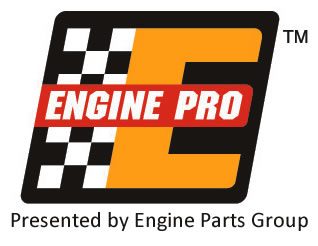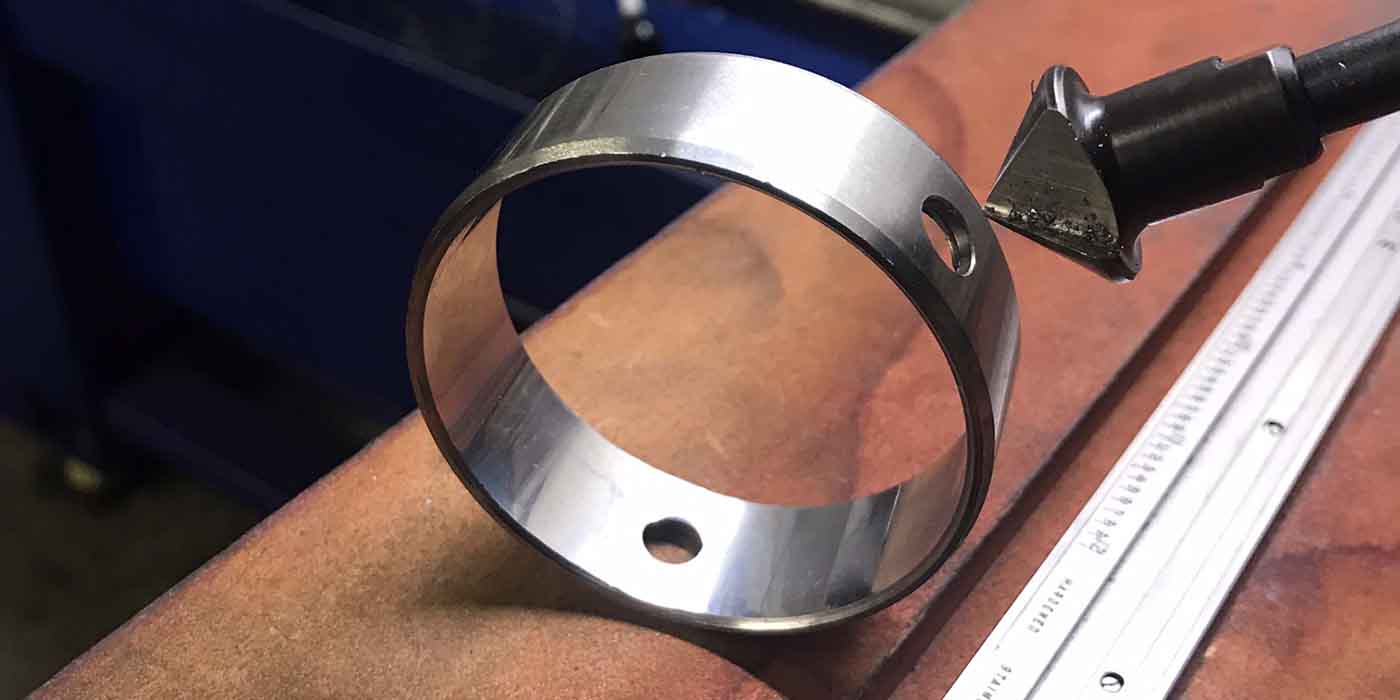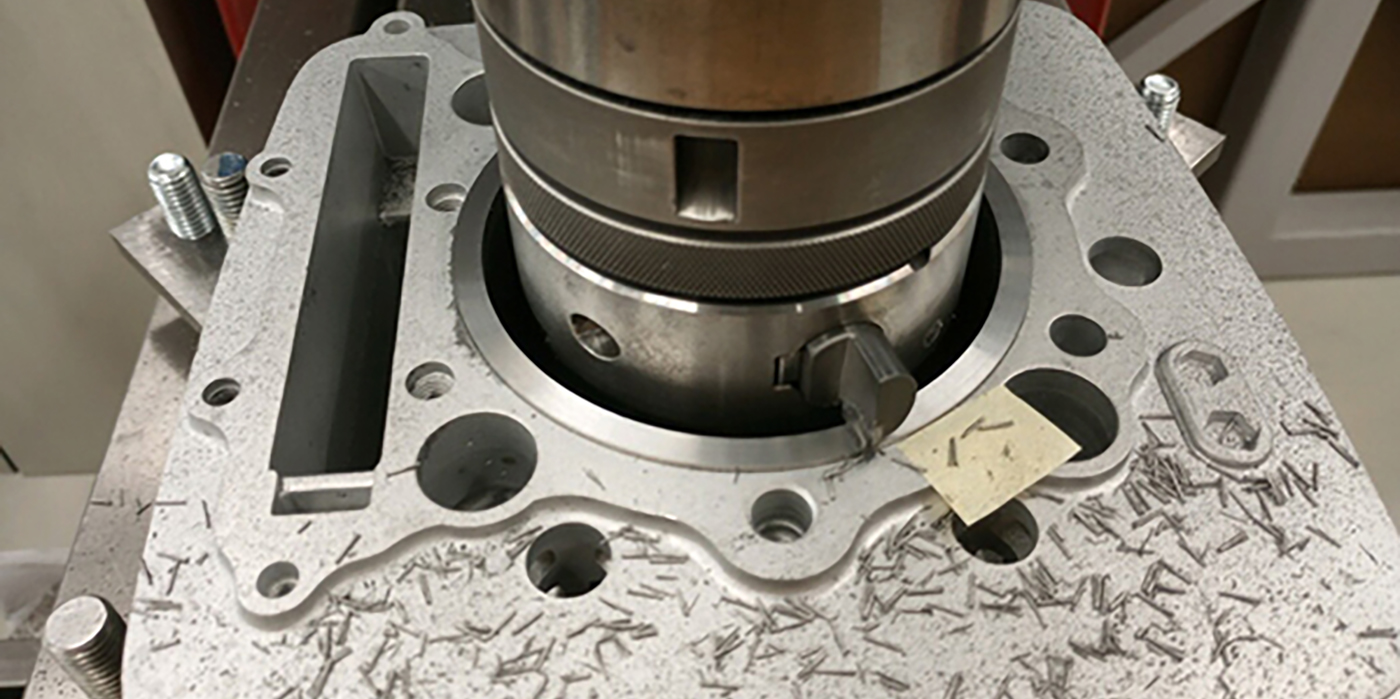UPDATING YOUR GASKETS CAN SAVE TIME AND MONEY
The old adage, “Time is money” has never been more true than it is today. With the high costs of labor, doing a job quickly and efficiently can be the difference in making money or losing it. Using the right products can’t guarantee you a larger profit, but they can speed up a job, which is a step in the right direction.
Something as simple as a one-piece oil pan gasket can not only save you precious time, but help eliminate comebacks. Traditional four-piece pan gaskets take time to align and get all the pieces into position. Usually some form of gasket adhesive is required to hold parts in place and some RTV might be used at critical junctions.
These new replacement one-piece gaskets also have torque limiters built-in to help prevent over torqueing and the leaks that can occur if the gasket is split. And nothing wastes more time than a comeback due to a leak. Usually no adhesive, especially no RTV, is required with these new gaskets.
Many of these same features can be found in some replacement valve cover gaskets, again saving time and money. Many of these features and more are being used by the OEMs in current production engines for the very same reasons.
Engine Pro Technical Committee
Special thanks to Federal-Mogul
SIMPLE BUT EFFECTIVE
If you have to bleed down bucket style lifters you can make an easy-to-use tool from an old junk valve. Just cut the stem off, leaving an inch or so above the face of the valve. Dress the end up in the grinder and you have a free tool that takes less than 5 minutes to make. The wide base keeps the tool from tipping while in an arbor press.
Dan Matton
D and D Auto Machine
Bloomington, MN
DEATH OF A SALESMAN
Death of a Salesman isn’t just a famous tragedy by Arthur Miller. It seems to be a sign of the times! Human contact is being replaced by e-mails, e-blasts and e-carts. Record store salesman – gone; now you download songs. Video store clerk – gone; replaced by streaming. Photo developing – gone; print at home or use a digital camera.
And it’s not just products… many services have been replaced. Travel agents – gone. Directory assistance – gone. Newspapers – not gone but dwindling. This trend has hit the engine parts aftermarket as well. Not long ago our industry was serviced by manufacturer reps who showed us new products, offered marketing assistance, and handled service issues. Today, most suppliers have cut that expense so they can lower their selling price.
The death of the salesman is a natural progression in a mature industry that has transitioned from a “service” industry to a “commodity” supplier. So, here’s the tip: appreciate the few salesmen who are left. Answer their phone calls and listen to their story. But most importantly, ask them to provide help to your business, after all, that’s why they’re here. And, if you appreciate personal contact like we do, it might benefit your own business to get out of the shop at least once a week to visit your own customers and prospects.
Rich Stevens
Richard’s Automotive Machine
Kansas City, MO
CHOOSING THE RIGHT FILTER FOR BREAK-IN
Using an oil filter designed for racing may not be what you want when breaking in a new engine or new camshaft. These filters are designed to move more Gallons Per Minute (GPM) than a stock oil filter. To obtain this outcome they do not filter to as small a micron as a good production car oil filter. For example, one major filter manufacturer’s Chevrolet race oil filter has a flow rate of 28 GPM while designed to filter down to 61 microns. The same manufacturer’s production car filter will move 11 GPM while filtering down to 21 microns. This means it is able to remove particulate matter that cannot be seen by the human eye, which can see down to about 40 microns.
This is important because what you can’t see can hurt your engine. Remember, 32 microns is equal to one and a half thousandths of an inch (0.0015”). That means 61 microns is almost three thousandths of an inch – larger than the clearance in most racing engines and much larger than the clearance inside a hydraulic lifter. If you’re thinking your big block Chevy is running .0035” clearance on the mains, this is not a problem. Remember that this clearance number is divided in half providing clearance on both sides of your rotating shaft. We may be talking about one thousandth or less on a typical rod journal.
Clearance size particles are the ones that get stuck in the spaces between bearings and journals or between lifters and lifter bores.
Engine Pro Technical Committee
Special thanks to Lake Speed Jr. and Driven Racing Oil
AGGRESSIVE SOCKETS
The easiest way to remove a protruding pipe plug, like rear cam galley plugs, is to use a stud remover socket of the appropriate size. These have a very aggressive, tapered left-handed threaded inside that really digs into the outside of the plug making removal simple. These have a much larger area of grip than allen sockets. We don’t even bother trying to remove these plugs any other way! Your local tool supplier or home store has these in many sizes or as sets.
Timm Jurincie
Tuf-Enuf Auto & Marine Performance
Avondale, AZ
















